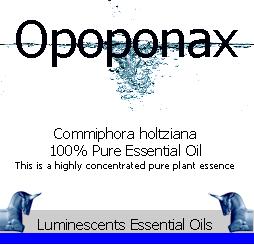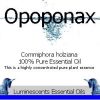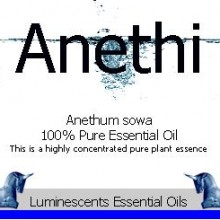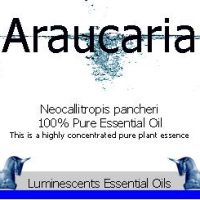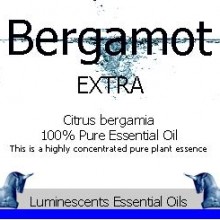Opopanax, though classified as shrubs, can grow up to 10 Metres in height. The trunk exudes a natural oleoresin that hardens into what is classified as reddish brown Tears. Native collectors make incisions into the trees in order to increase the yield. It is more often known as Myrhh although it is a different species to Commiphora myrrhus.
REPORTED ATTRIBUTES:
Opopanax is thought to enhance spirituality. Aromatherapists use it as an aid in meditation or before healing. Its actions are characterized as the following: antimicrobial, antifungal, astringent and healing, tonic and stimulant, carminative, stomachic, anticatarrhal, expectorant, diaphoretic, vulnerary, locally antiseptic, immune stimulant, bitter, circulatory stimulant, anti-inflammatory, and antispasmodic.
BLENDS WELL WITH
Frankincense, Lavender, Palmarosa, Patchouli, Rose, Rosewood, Sandalwood, Tea Tree, Thyme.
HISTORY:
Opopanax has been used for centuries as an ingredient in incense, perfumes, and for embalming and fumigations in Ancient Egypt. In folk tradition it was used for muscular pains and in rheumatic plasters. It has been used since at least 600B.C in China, primarily as a wound herb and blood stimulant. Gerard said of Opopanax’ the marvelous effects that it worked in new and green wounds were here too long to set down…’ Opopanax oil, distilled from the resin, has been used since ancient Greek times to heal wounds.
CAUTIONS: Opopanax can be possibly toxic in high concentrations.

